Frost Heave Causes and Prevention

In cold-weather climates, those with vast temperature swings, or in areas where there are several incidents of hard frost each winter, plants, roadways, and structures may be negatively impacted by frost heave. This phenomenon occurs most often toward the end of fall or the beginning of spring when the conditions are ideal, and it can happen in all types of soil. Learn how to stop frost heave from wreaking havoc on your home, landscape, or commercial property, using expert advice from the team of professionals at The Grounds Guys®.
Table of Contents:
- What Is Frost Heave?
- How Does Frost Heave Occur?
- When Does Frost Heave Happen?
- 4 Tips for Frost Heave Prevention
- Proper Drainage and Grading Techniques
- Insulating Plants and Soil
- Selecting Frost-Tolerant Plants
- Irrigation Management in Cold Weather
- Implementing Proper Snow and Ice Removal
What Is Frost Heave?
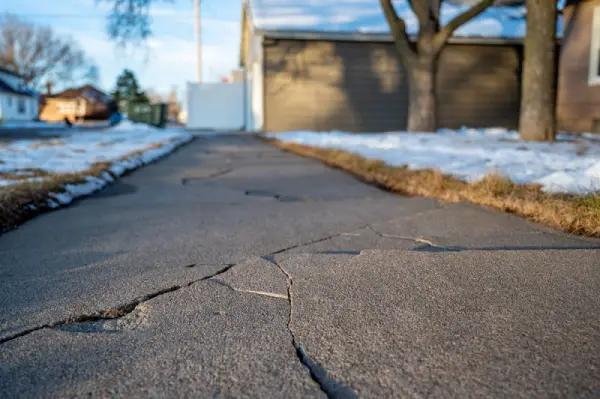
When outdoor temperatures fall below 0 degrees Celsius, the cold air penetrates the ground and freezes the water in the soil, causing it to condense and form an “ice lens.” Ice lenses form perpendicular to the surface of the ground.
Once established, ice lenses continually pull warm water from deep underground via thermally induced water migration. This means that even if the temperatures are below freezing point, water migration can happen via the unfrozen water film absorbed around soil particles. Other factors that affect ice lens formation include the pressure of the soil, temperature gradient, and groundwater table depth.
This growth causes “frost heaves” of soil, roots, plants, rocks, and other materials to be pushed up from the ground. This push-pull cycle continues as the ground is repeatedly subjected to the freezing and thawing process, giving the appearance that the soil is growing rocks" due to the ice lens pushing rocks and other material through the ground where they become visible.
Learn more about: Landscaping in The Winter
How Does Frost Heave Occur?
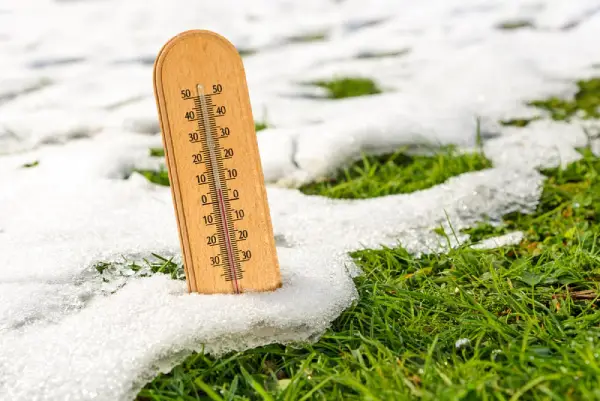
Now that you know what a frost heave is, here are some of the reasons they occur. Frost heave is a natural occurrence caused by the contraction and expansion of soil during alternating periods of freezing and thawing. For frost heave to take place, these are the specific conditions that must exist:
Temperature — Frost heave will only occur in areas where temperatures are consistently low enough to penetrate the top layer of the soil (below 0 degrees Celsius).
Moisture Content — There must be enough moisture in the soil for expansion when the temperature drops below a specific point.
Soil — The soil must be susceptible to frost; soil consisting of clay, loam, and silt are most at risk due to their relatively high moisture content.
When Does Frost Heave Happen?
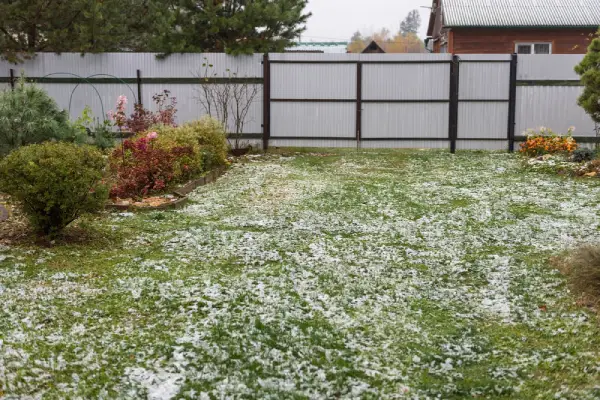
Frost heave occurs most often toward the end of fall or the beginning of spring when the top of the soil still contains moisture that can freeze. This freezing can happen in any soil but usually occurs in soil that typically holds a lot of water. Fortunately, we have some advice on how to prevent frost heave that will help protect your property from damage.
4 Tips for Frost Heave Prevention
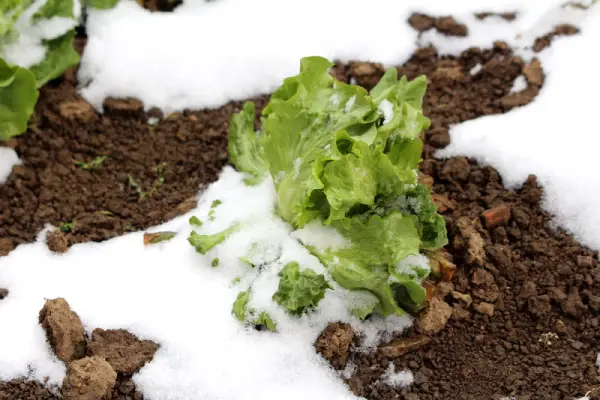
When it comes to your landscape, it's essential to know how to recognize frost heave signs to protect your plants, hardscape, and even your home's foundation.
To avoid damage to your property from frost heave, implement the following frost heave solutions and strategies:
Plan for Maximum Soil Drainage
Plan ahead by planting perennials at least six weeks before the season’s first frost to allow adequate time for root systems to become established. Choose your plants based on the hardiness zone in your area, including those which are cold hardy.
Watch Your Soil
Keep a watchful eye on vulnerable plants. If you detect an area where frost heave is present, carefully press the soil back into place, or cover the exposed roots with more soil and a layer of mulch to raise the ground temperature and slow the freezing process.
Promote Drainage
Add organic matter to the soil each spring and fall to loosen the soil and promote drainage.
Rake and fill low spots with additional well-draining soil during the preparation and cleanup of garden beds and areas around the perimeter of your home.
Insulate with Mulch
In addition to benefits such as weed control and nutrition, mulch will also help regulate the soil’s temperature by providing a blanket of insulation. Apply a layer of organic mulch such as shredded leaves, compost, straw, or bark mulch to a depth of 10 cm after the first hard frost to any spots prone to frost heave.
Learn more about: How to Prevent Snow Mould on Lawn
Proper Drainage and Grading Techniques
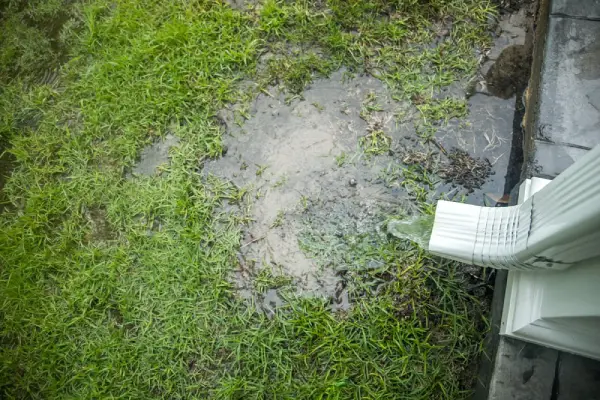
Yard grading is an excellent way to improve the drainage in your landscape. It doesn’t just prevent water from pooling around your home; it also drains the soil, enabling grass and plants to grow. Proper grading is also important in controlling ice buildup around your home’s foundation.
While frost heave solutions, such as proper drainage and grading techniques, can be a DIY project, it really depends on how much dirt needs to be moved. To start, you’ll want to measure the existing grade, which you can do with two wooden stakes, string, a tape measure, and a line level. If there isn’t too much dirt to move, you can move dirt around with wheelbarrows, shovels, and rakes. However, if there is a lot of dirt to move, hire a local landscape professional to do the job. They’ll have the right equipment and expertise to do the job right the first time.
Insulating Plants and Soil
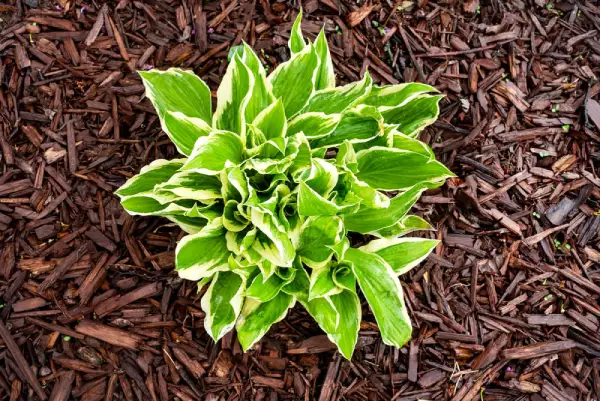
Protecting plants from frost heaving in winter isn’t that difficult. We mentioned how mulching insulates the soil and provides your plants with a blanket of protection. You can also prevent frost heave and protect your plants by raking at low spots in the landscape, then adding compost to amend the soil. Amending the soil with compost will also improve drainage.
Selecting Frost-Tolerant Plants

Wintertime in Canada can be rough on plants. But plenty of gorgeous frost-tolerant plants, including cold-resistant perennials and vegetables, will thrive throughout our harsh winters:
- Camelia
- Peony
- Broccoli
- Potatoes
- Thyme
- Red Twig Dogwood
- Lily-of-the-Valley
- Lettuce
- Spinach
- Winterberry
- Japanese Yew
If you’re not sure which plants will suit your yard or fare the best in your region, consult with a landscape expert in your area. They’ll be happy to help you choose plants that will enhance your winter landscape.
Irrigation Management in Cold Weather

If you aren’t prepared for it, cold and snow can ruin the plants in your garden. But plants need to be hydrated, even if they look brown and dormant. And if they don’t get enough water, plant roots will start searching for water, usually targeting underground pipes, which could lead to costly repairs. Make sure to water your lawn on days when there isn’t any snow on the ground, and be sure to check for frozen soil. You’ll want to water during the middle of the day when temperatures are above 4 degrees Celsius.
Implementing Proper Snow and Ice Removal
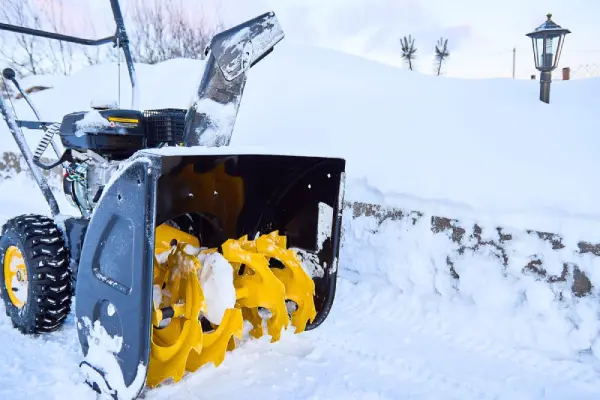
Removing snow and ice in Canada is a chore most of us dread. But it’s something that every Canadian homeowner must do. You can prepare for the upcoming winter snow and ice deluge by planning ahead, which means winterizing your lawn in late fall and preparing your snow and ice removal tools. If you have
Learn more about: Snow Blower or Snow Plow: What’s Better?
Protect Your Landscape from Frost Heave Today!
If left unchecked, frost heave can have serious consequences for homeowners and businesses. It can uproot trees and cause structural damage to the foundation of your home or commercial space. Fortunately, taking the proactive steps outlined above can help minimize the effects of frost heave on your home, business, and property.
As your local lawn care and landscape experts, The Grounds Guys® will be happy to guide you on how to prevent frost heave, as well as other areas of property maintenance. Contact us for all your residential and commercial lawn care and landscaping needs, including winter plant care. We provide free estimates and stand behind all the work we do with the Neighbourly Done Right Promise™, which ensures your satisfaction.
 Click to call
Click to call


